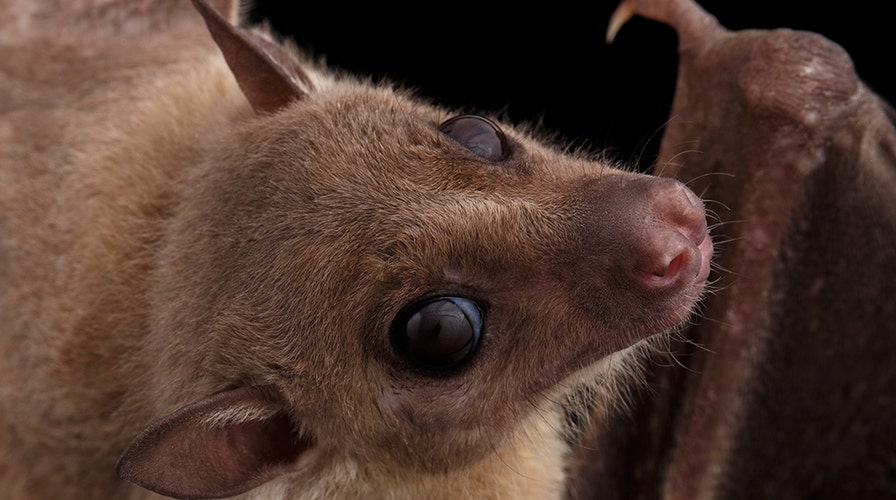Fox News Flash top headlines for May 23
Fox News Flash top headlines for May 23 are here. Check out what's clicking on Foxnews.com
Male Egyptian fruit bats will allow female bats to take food straight from their mouths and scientists believe they know why: the bats are trading food for sex.
A study, published on Thursday in Current Biology, analyzed three bat colonies in captivity for a year, studying their food-scrounging habits.
BATS IN MINNESOTA DYING FROM ‘WHITE-NOISE SYNDROME’; AREAS OF STATE SEE DRAMATIC POPULATION DECLINE
“Originally, we wondered: Why do the producers of food allow scroungers to take food from their mouths? Maybe they’re stronger? But we found that most of the scroungers are female, and so we considered the possibility that females trade mating for food. This was our hypothesis, and, indeed, we found that this is the case,” lead author and professor Yossi Yovel of TAU’s George S. Wise Faculty of Life Sciences said in a news release.

Male Egyptian fruit bats exchange food for sex, a new study from Tel Aviv University has found. (Stock image)
Yovel and his team observed that three or four months before mating season, females would start taking food from several males.
“Then they eventually mate with one of the males, the one with which they forged the strongest bond,” Yovel said.
INFESTATION OF 600 BATS AT LOUISIANA HIGH SCHOOL CAUSES TEMPORARY CLOSURE, OFFICIALS SAY
“The results were quite clear,” Yovel added. “Females gave birth to the young of males from which they had scrounged food. The findings lend support for the food-for-sex hypothesis in this species.”
Yovel and his team also found the female bats rarely shared male mates, which authors of the study said suggests “females choose males to scrounge from based on some form of individual preference.”
However, those preferences reportedly change depending on the year.
CLICK HERE FOR THE FOX NEWS APP
“Going forward, we intend to explore how these relationships evolve and change over many years,” Yovel said. “We would also like to find out how these interactions observed in captivity play out in wild populations.”

